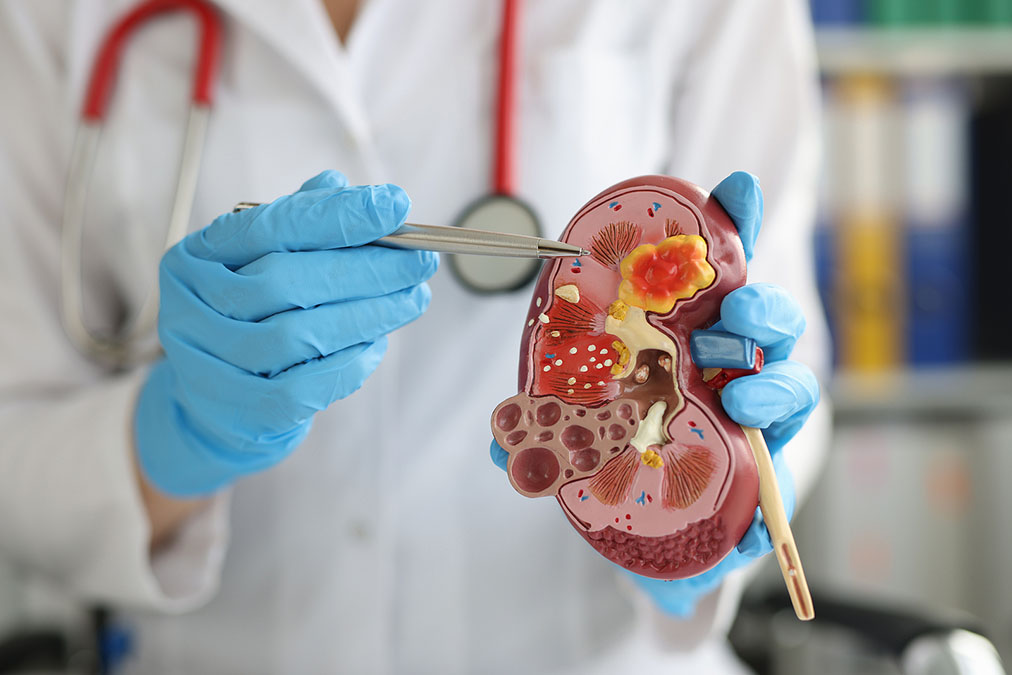 Chronic kidney disease (CKD) is the 12th most common cause of death, which shows why it is so important to treat it correctly.
Chronic kidney disease (CKD) is the 12th most common cause of death, which shows why it is so important to treat it correctly.
However, the traditional medical system has no cure for CKD.
Fortunately, a new study in the journal Kidney International Reports reveals just how much CKD is caused by lifestyle habits and what people with CKD can do to treat theirs now.
Scientists from the University of Otago in New Zealand noticed that almost all of the studies on CKD have been performed on older people. This is understandable, as CKD tends to occur among people who are middle-aged or elderly.
The researchers wondered whether this was the right approach. After all, CKD is a disease that starts very gradually, as kidney function slowly deteriorates over years.
They thought a better approach might be to study kidney function trajectories from childhood to 45 years of age. They reasoned that if early changes in kidney function lead to impaired kidney function with age, identifying these early changes would help in preventing them.
The University of Otago researchers obtained information collected in the Dunedin study, a scientific survey of health and behavior that lasted decades.
All the participants were born in 1972 or 1973 in Dunedin in New Zealand. They underwent full medical assessments at birth and at ages three, five, seven, nine, 11, 13, 15, 18, 21, 26, 32, 38, and 45.
The researchers identified three groups with different kidney function trajectories.
-
1. 58% of the participants had a normal trajectory, with no kidney function loss.
2. 36% had a low-normal trajectory, with signs of lower-than-normal kidney function.
3. 6% had a high-risk trajectory, with poor kidney function for their age groups.
This is what they discovered.
-
1. Participants in the low-normal and high-risk groups had more kidney problems by age 45, including metabolic syndrome, low self-rated health, and low life satisfaction.
2. People who grew up in poor socioeconomic conditions had a higher risk of having a high-risk trajectory.
3. People who were overweight as children had a higher risk of having a high-risk trajectory.
4. High blood pressure, high body mass index, high inflammation, high blood sugar, smoking, and low socioeconomic status through adulthood were associated with worse kidney function by age 45.
While no one can change the socioeconomic conditions in which they are raised, all of the CKD risk factors during adulthood are under our control.
These findings also serve as a reminder to parents to ensure that their children maintain a healthy weight throughout childhood. This helps them enjoy healthy kidney function as they age, and it also instills healthy habits that they can carry into adulthood.

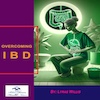 Overcoming IBD
Overcoming IBD Multiple Sclerosis
Multiple Sclerosis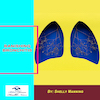 Banishing Bronchitis
Banishing Bronchitis Gum Disease Gone
Gum Disease Gone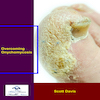 Overcoming Onychomycosis
Overcoming Onychomycosis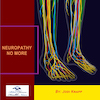 Neuropathy No More
Neuropathy No More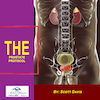 The Prostate Protocol
The Prostate Protocol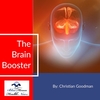 Brain Booster
Brain Booster
 Ironbound
Ironbound
 Solution for Shingles
Solution for Shingles
 The Bone Density Solution
The Bone Density Solution
 The Ultimate Healing Protocol
The Ultimate Healing Protocol
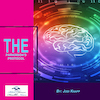 The Parkinson's Protocol
The Parkinson's Protocol
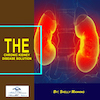 The Chronic Kidney Disease Solution
The Chronic Kidney Disease Solution
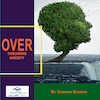 Overthrowing Anxiety
Overthrowing Anxiety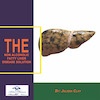 The Fatty Liver Solution
The Fatty Liver Solution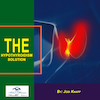 The Hypothyroidism Solution
The Hypothyroidism Solution
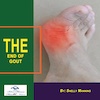 The End of Gout
The End of Gout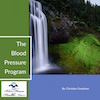 The Blood Pressure Program
The Blood Pressure Program
 The Oxigized Cholesterol Strategy
The Oxigized Cholesterol Strategy
 Stop Snoring And Sleep Apnea Program
Stop Snoring And Sleep Apnea Program
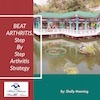 The Arthritis Strategy
The Arthritis Strategy The Vertigo & Dizziness Program
The Vertigo & Dizziness Program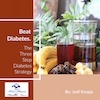 The 3-Step Diabetes Strategy
The 3-Step Diabetes Strategy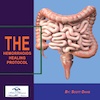 Hemorrhoids Healing Protocol
Hemorrhoids Healing Protocol The Erectile Dysfunction Master
The Erectile Dysfunction Master Weight Loss Breeze
Weight Loss Breeze The IBS Program
The IBS Program The Insomnia Program
The Insomnia Program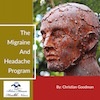 The Migraine and Headache Program
The Migraine and Headache Program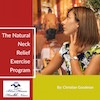 The Neck Pain Solution
The Neck Pain Solution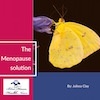 The Menopause Solution
The Menopause Solution The Ejaculation Master
The Ejaculation Master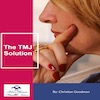 The TMJ Solution
The TMJ Solution The Acid Reflux Solution
The Acid Reflux Solution The Fibromyalgia Solution
The Fibromyalgia Solution The Psoriasis Strategy
The Psoriasis Strategy